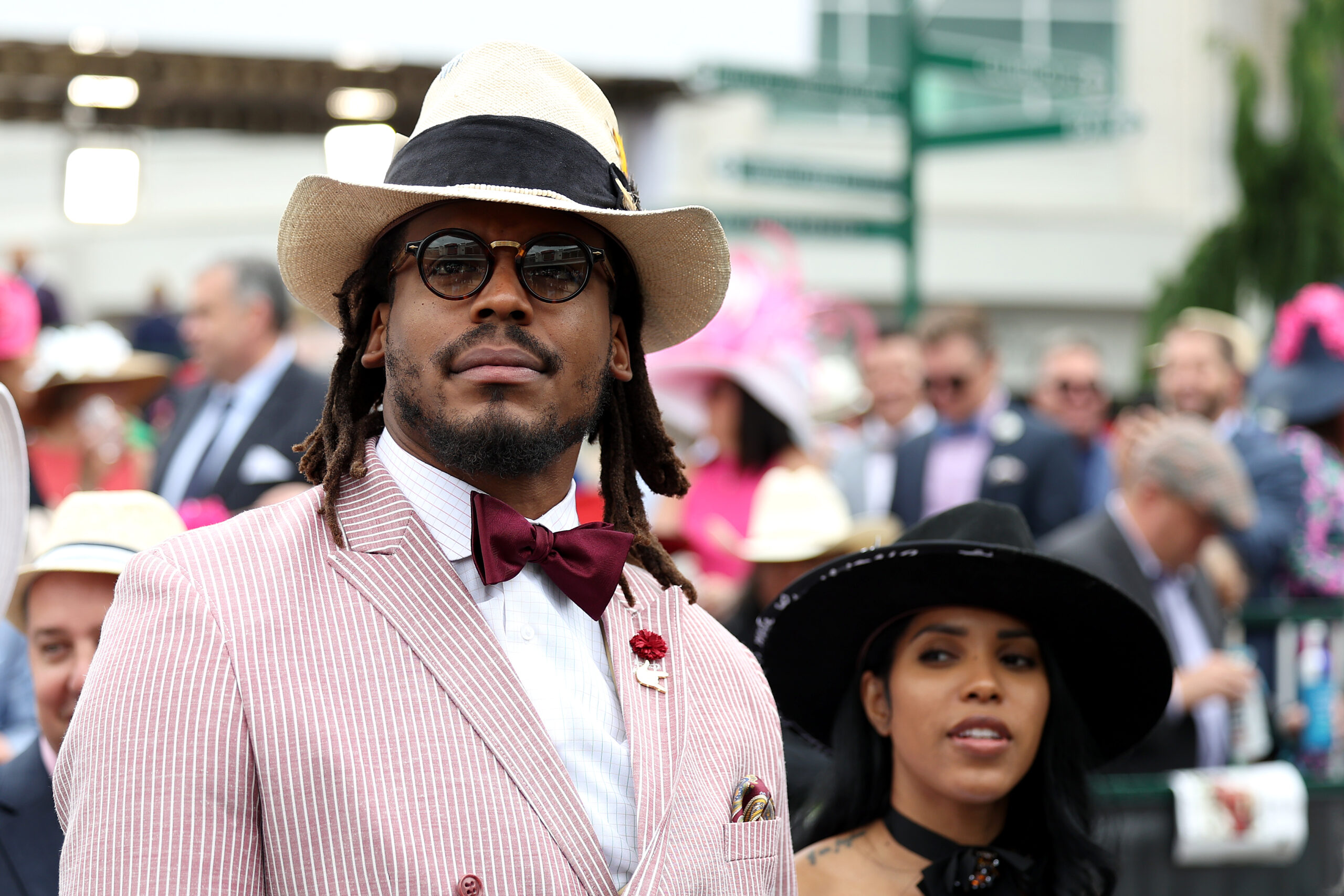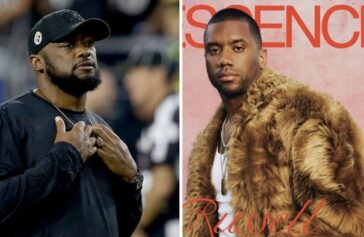Last week, Kentucky freshman center and prospective No. 1 overall pick, Nerlen Noel’s gruesome ACL injury ratcheted up the choir that’s in opposition to the NBA’s 19-and-over draft eligibility requirements. However, the rising moans about injustices should pipe down a bit. First of all, Kentucky will foot the bill for Noel’s rehab. He’ll be backing down Joakim Noah in the post by next January. His injury also won’t affect his draft status. Lottery franchises won’t steer away from drafting Noel for the same reason they drafted Greg Oden over Kevin Durant despite his short right leg and hunchback posture.
Vocally supporting the NBA’s age limit is akin to admitting you voted for Bush 43 or that you just got catfished. Noble as it may seem to rally for Noel’s right to skip a year of college ball, the NBA got the call right in 2005, after putting a clamp on the NBA’s straight from senior prom pipeline.
In 2006, Commissioner David Stern spit the unvarnished truth when he told ESPN.com’s Bill Simmons, “This was not a social program, this was a business issue. There was a serious sense that this was hurting our game. Having an 18-year-old player not playing, sitting on the bench, is not good for basketball.”
Their main objective was to protect the league from itself. Scouting isn’t a perfect art, but grading elite prospects against pedestrian high school foes was becoming more difficult than differentiating Tia from Tamera. If the preps-to-pros phenomenon had continued to propagate, the antiquated relevance of college basketball would rival MySpace.
Unlike tennis, golf or Olympic sports, NBA contracts are guaranteed millions. Conversely, the 100th ranked PGA Tour golfer’s winnings are performance-based. The NBA Draft is the league’s method of redistributing talent or parity. Without college basketball functioning as an airport tarmac to the NBA Draft, more and more prospects began leaping across NBA borders without a national identity or proper scouting reports against elite competition.
From 1995 to 2000, there were 11 prep stars drafted. Between 2001 and 2005, there were 28. The age limit was a means to halt the influx of unpolished high school prospects and save the league from its visibly declining quality of play.
College hoops has benefitted from the one-year deferment of high school prospects, but loathed NCAA president Mark Emmert played no part in the NBA's age limit. The NBA has no moral obligation to create teenage millionaires. As a private organization, the League has a legal right to collectively bargain their own eligibility requirements with their players union.
However, protecting NBA prospects from themselves is another added benefit. College is a safety net. It won’t catch every ill-advised prospect that declares before he’s adequately prepared, but there are fewer Lenny Cooke’s getting sucked up by the hoops hype machine.
While LeBron James has successfully wrestled the "Next Jordan" moniker from fellow preps-to-pros phenom Kobe Bryant, former hoops prodigy Lenny Cooke is living in obscurity after unsound advice convinced him to spurn college for the 2002 NBA Draft.
Cooke was a precursor to the steady flow of preps-to-prospects that got ridiculous after the immediate success of LeBron and Amar’e Stoudemire. However, the age limit isn’t about forcing the rare surefire star prospects to affirm their draft status. Stern instituted the age limit as unprepared prospects were increasingly bypassing collegiate competition. Cooke, for example, bypassed college after yes-men advisors convinced him to buy stock in his own buzz. In reality, Cooke needed to develop his game in college. Instead, he flamed out after going undrafted and became a poster boy for the other side of the preps-to-pros trend.
Despite eventually becoming the final high schooler drafted in the NBA Draft’s first round, then-prospect Gerald Green endorsed the NBA’s age restriction.
''There's only one LeBron James. He came in ready and he dominated the league. There's a lot of players that have to get developed,” Green told the New York Times. “Me, I've got to get developed. But I guess that age limit, that one year of college experience, can get you more developed and I think that's pretty good.''
Green bounced around the league for four years before taking the leap across the Atlantic to play in Russia and China. Last season, Green finally revived his domestic career in the D-League, then parlayed a 10-day contract with the New Jersey Nets into a career year. His career now seems to be somewhat stable, as he participated in Saturday’s dunk contest as a member of the Indiana Pacers.
While the NBA blocked high schoolers from entry, overseas leagues and the D-League remain a viable means for preps prospects to circumvent the repressive world of college hoops. However, the top D-League salaries are only five digits, tops.
The NBA has the right to be wrong, but it’s been a boon for their bottomline. Before each crop of college hoops stars set foot on campus, they’ll learn one of the most durable lessons of their young lives. Life isn't fair. It's just gotta be legal.



